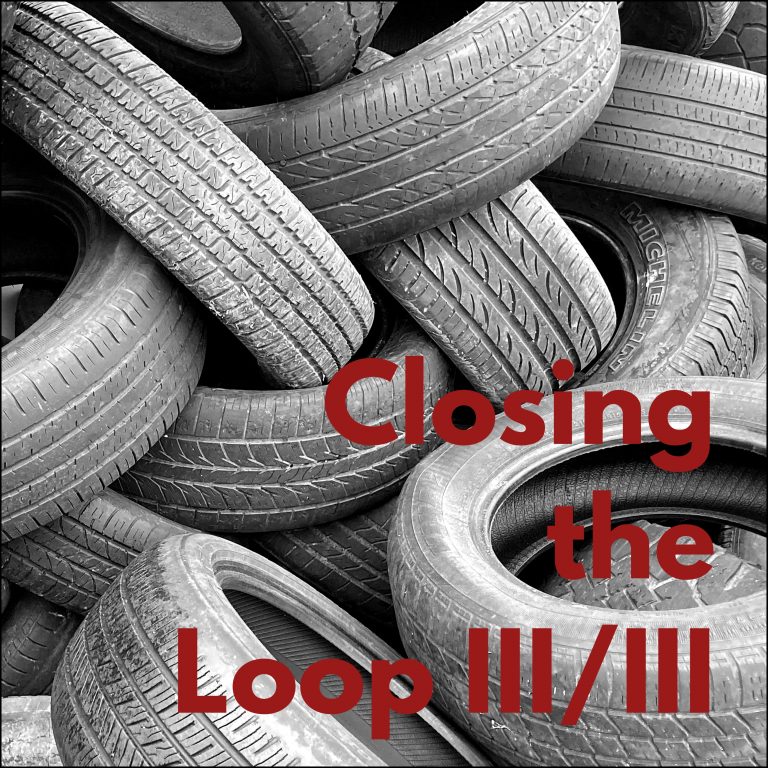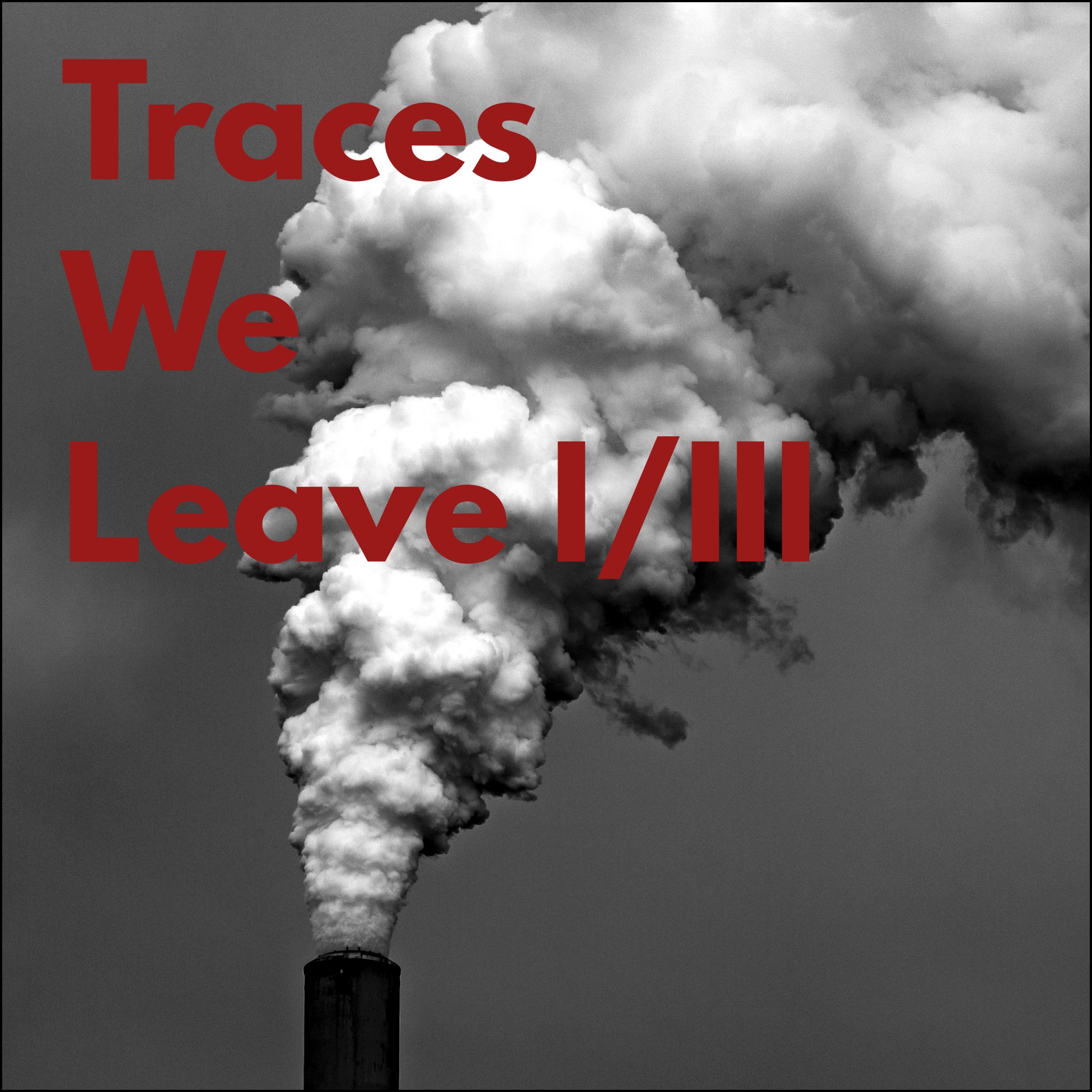Since 1990, the use of material resources has experienced a ten-fold increase and is set to double again by 2030. We have largely overstepped the planetary boundaries, with 6 of the 9 boundaries having been transgressed. At the same time, according to the 2023 Circularity Gap, global circularity has fallen from 9.1% in 2018 to 7.2% in 2023. Achieving a higher level of circularity within our economy has become crucial considering resource scarcity and climate change. It will require working through entire value chains and addressing design, transparency, traceability, innovation, and recycling simultaneously.
At Broadpeak, we collaborate with industry experts, impact-driven investors, and academic institutions to address urgent global challanges. Through our articles and trilogies, we aim to share the insights we have gained from these projects with our network. Explore all of our published articles and trilogies in the blog section of our website.
Embracing the Circular Economy
The Ellen MacArthur Foundation defines a circular economy as one that is restorative and regenerative by design, grounded on three fundamental principles: eliminate waste and pollution, circulate products and materials, and regenerate nature. Nicolò Cristoni, Sustainability & Circular Economy Project Leader at SGS, told us “The Circular Economy approach can be very successful as it provides a complete and holistic approach, guiding and revolutionizing the design of production, use and post-use.” Currently, a significant portion of our economy remains linear with products often designed for short-term use before being disposed of and reduced to waste. Unfortunately, only a fraction of this waste undergoes recycling, while the majority is either incinerated or discarded in landfills. Moreover, many economies exhibit patterns of excessive consumption that exceed actual needs. In the last 6 years alone, global material consumption has surpassed half a trillion tonnes, a quantity nearly equivalent to that consumed throughout the entire 20th century.
In light of resource scarcity, climate change, and human health concerns, the circular economy should be central to sustainable strategies. Material consumption serves as a reliable indicator of environmental damage, with material handling and use contributing to 70% of global greenhouse gas emissions, while extraction and use account for over 90% of biodiversity loss and water stress. Luca Meini, Global Head of Sustainability Initiatives and Circular Economy at Enel SpA stated “The relevance of the Circular Economy strongly connected to the relevance of decarbonization, they are part of the same challenge to not trespass the environmental planetary boundaries.” The benefits of a circular economy extend beyond environmental sustainability; it provides economic resilience, social equity, and cultural innovation. Charlotte Jacquot, Head of La Fabrique Circulaire & Sustainability Manager at dss+, mentioned “Circular economy is key and presents a wide range of solutions for Swiss businesses to tackle the challenges of climate change and to accelerate innovation in the way we produce and consume. By disconnecting growth from materiality, a circular economy is built on business models that are compatible with planetary boundaries.” As awareness grows about the need for more efficient resource use, there is increasing pressure to encourage the adoption of circular economy practices.
Pillars of the Circular Economy Transition
According to Máté Kriza, Country Representative for Hungary at Epeaswitzerland GmbH, “The three pillars which are necessary to drive forward the circular economy are limiting the use of natural resources on a global scale, knowledge sharing and measurement. Moreover, we need clear definitions, criteria, and the integration of resource productivity into our economic activity measurement.” It is crucial to develop and apply comprehensive metrics that go beyond GDP and conventional economic measures to include a wider range of indicators. Collaboration and establishing purpose-driven objectives are crucial in transitioning from a focus on maximizing economic output to enhancing human well-being while respecting the limits of our planet.
Moreover, there needs to be a shift in paradigms and mindsets, including changes in consumer behavior. As Joe Rodgers, Programme Manager, Finance Initiative at the Ellen McArthur Foundation, emphasized, “The transition to a circular economy allows us to address global environmental goals and provides considerable economic opportunities. We need to create the enabling conditions for a circular economy which level the playing field for circular business models. Through collaboration and showcasing action, we can demonstrate how making and using products and materials differently and moving away from product ownership will decouple economic activity from the extraction of finite resources, generating resilient future sources of revenue at a lower cost to the environment.” It is imperative to raise awareness and understand how waste can be a valuable resource that can be reintegrated into the production and consumption cycle. This entails dismantling incentives that promote excessive material consumption.
Lars Holländer, Head of Sustainability and Circular Economy at UNITY specified “If companies adopt circular principles, they can increase their resilience as a competitive advantage. This can encourage innovation and product design but also create economic growth through new jobs, especially in redesign sectors, in remanufacturing, in recycling, and it can help us reduce our dependency on raw materials. By this, we close material loops and accelerate the circularity transition.” Focusing on the upstream through the elimination of waste by design through circulating products for as long as possible while generating value is key for this shift. Policy plays a crucial role in leveling the playing field and providing the necessary incentives for this transition to happen.
Policy recommendations for advancing circular practices
Policy frameworks are essential for establishing the necessary conditions and consensus on a standardized circular economy roadmap and indicators. Frameworks ensure that there is a mutual comprehension of the essence of a circular economy as well as the opportunities that can be leveraged from a social, environmental, and economic perspective. Gabriele Cattivello, Circular Economy and Carbon Footprint Analyst at Circularity S.r.l, said “The most impactful advances are observed in those areas where the sustainability issues are interlinked with some diverse strategic and economic relevance. We are starting to see opportunities rather than burdens in waste and need a strong backup from legislation; a common framework of clear rules, laws, and commitment that allow us to extract the value in the waste.” Implementing this equitable playing field can stimulate investment and allow us to seize the untapped potential in waste. Frameworks such as the EU Circular Economy Action Plan, among several other frameworks, are instrumental in setting the stage for industries and mandating circular practices across various sectors. Such comprehensive approaches, addressing the whole supply chain and considering the full range of our impacts are crucial. Legislation should also underscore the necessity of supply chain transparency and reducing consumption and production volumes. Additionally, policy interventions should encourage innovation and collaboration value chains, fostering an environment conducive to circular practices.
We need frameworks, laws, and commitments from states and proper programs pushing capital in the right sectors and providing the enabling conditions for systems change. The EU circular economy action plan, the EU shipment regulation, or the EU taxonomy provide important frameworks and need to be comprehensively built to work and encourage circularity in all sectors. Simon Gresset, Senior Expert, Circular Economy, at ICLEI Europe, pointed out “There are still many policy frameworks which encourage a more linear system and run against or disincentive circular policies, products, and services. It’s important to be consistent and address the overall policy frameworks, to make sure that all policies work toward the same target such as climate neutrality, smaller material consumption, and nature preservation.” Implementing fiscal policies and leveraging public investment is vital for establishing true pricing mechanisms and promoting the adoption of circular solutions over linear practices. Systemic frameworks and incentives that discourage the overstepping of planetary boundaries are needed, incentivizing individuals to prioritize reuse and recycling efforts.
In conclusion, it is crucial to recognize that the circular economy is not an isolated objective; rather, it serves as a pivotal strategy for achieving broader environmental, economic, and societal goals. By comprehensively addressing pressing issues such as emission reduction, biodiversity preservation, and climate change mitigation, circularity holds the key to accomplishing these overarching objectives while simultaneously offering broader economic opportunities. This necessitates a fundamental shift in our approach and mindsets. We cannot create a sustainable economy without embracing circularity. It is time to implement transformative changes and promote circularity as a fundamental cornerstone in a sustainable future.





